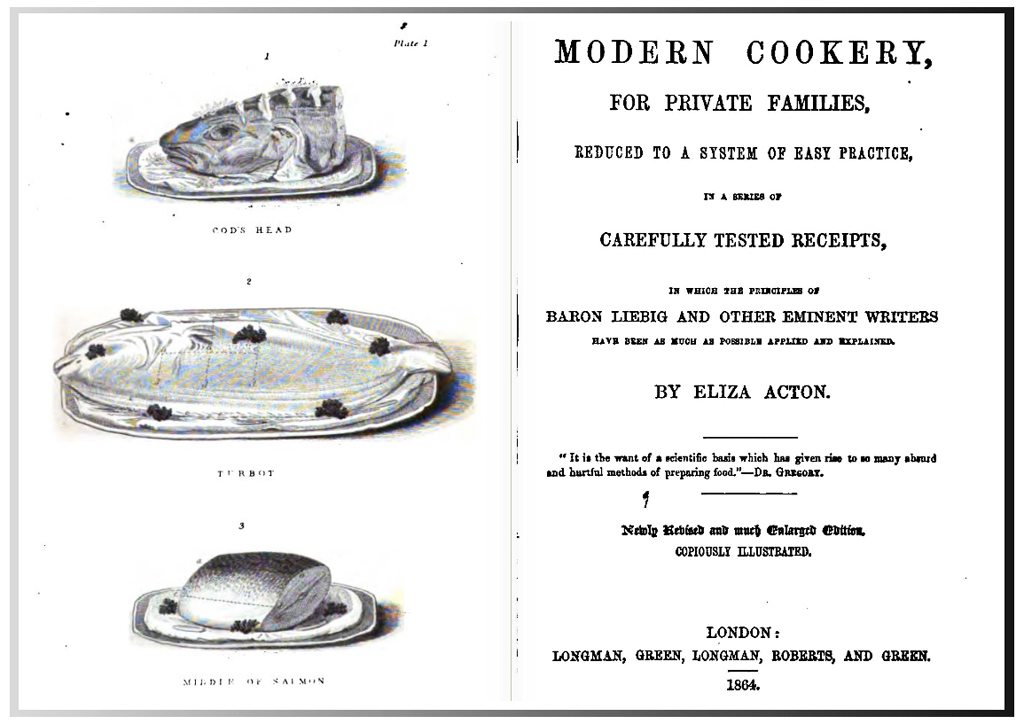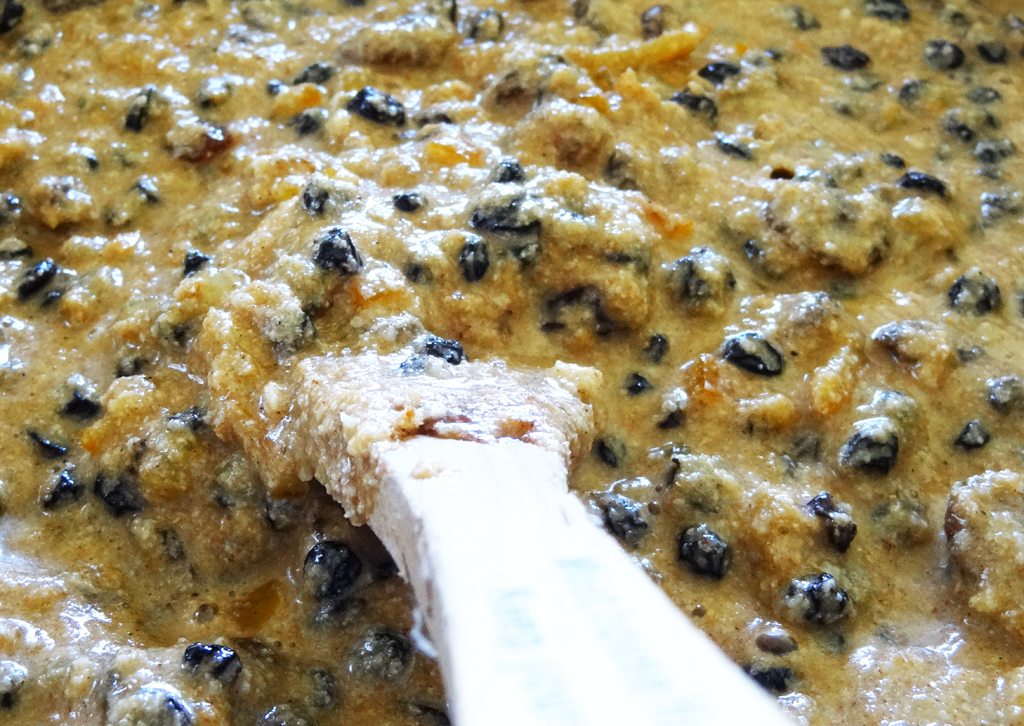I have never made a traditional Christmas pudding before. Why? I have no answer to that suffice to say that it is something that I have had on a cooking to do list since I can remember. I am sure for many, at least those from the ol’ country that is England, there are fond childhood memories of Christmas pudding finishing off Christmas dinner (lunch). I remember the smell of spices, the brandy, the delectable fruit, and the sweet steaming, and often alcohol laced, custard. For me it was the pinnacle of all food at Christmas. I remember being incredibly excited at my primary school Christmas lunch, as hidden within the pudding were foil covered coins – and 1 lucky recipient would find the only hidden pound note – it was a most marvellous time, and one that wasn’t clouded by the need for public liability insurance (or whatnot) in case a kid choked – which never happened in my time at the school. No, we just all loved it.
The school I went to was over a century old, having been built in 1876. I remember the old dark stone building which just exuded Victorian character. I remember the smell; it smelt old. I recall the smells of mustiness, ink, wooden pencil shavings, mashed potato and meat pie at lunch time, and of horse chestnuts (conkers) in summer as the boys and girls vied to be the top dog – it smelt only of what I can describe as a school smell. But the greatest smell of all was at Christmas.
I was recently thinking about what a Christmas pudding would have been like at that school back in the 19th century, and from there I started to research recipes from that era. One cook in particular stood out; Eliza Acton.
Eliza Acton was an amazing woman, who was first a poet, but became more famously know as a cook. Her book Modern Cooking for Private Families, published in 1845, was her most accomplished effort (as well as her book about bread making). Contemporary chef Delia Smith is quoted as having called Eliza Acton, “the best writer of recipes in the English language”. Eliza’s book long survived her, remaining in print until 1914, with her recipes still in wide circulation today. You can see how many modern chefs have derived recipes from works such as hers. There’s a Mock Turtle soup in there, which in the last few years has been made famous by Heston Blumenthal of the Fat Duck.
If you have any interest in food, in particular historical recipes, I can’t recommend highly enough reading this book. The book is now in the public domain, and I found its availability as a free download via Google – this is the link http://books.google.com.au/books?output=acs_help&id=kXsCAAAAYAAJ.
After being absorbed by the text of this book for the last couple of weeks, I came across Eliza’s recipe for Christmas pudding (or Ingoldsby Pudding as it is in the book). It just exuded simplicity, but contained all those lovely rich ingredients that I associate with Christmas pudding, including the calorie rich beef suet. This is the recipe and method as written in the cookbook (revised edition published in 1860):
INGOLDSBY CHRISTMAS PUDDINGS.
Mix very thoroughly one pound of finely grated bread with the same quantity of flour, two pounds of raisins stoned, two of currants, two of suet minced small, one of sugar, half a pound of candied peel, one nutmeg, half an ounce of mixed spice, and the grated rinds of two lemons; mix the whole with sixteen eggs well beaten and strained, and add four glasses of brandy. These proportions will make three puddings of good size, each of which should be boiled six hours.
Bread-crumbs, 1 lb.; flour, 1 lb.; suet, 2 lbs.; currants, 2 lbs.; raisins, 2 lbs.; sugar, 1lb.; candied peel, ½lb.; rinds of lemons, 2; nutmegs, 1 ; mixed spice, ½ oz. : salt, ¼ teaspoonsful; eggs, 16 ; brandy, 4 glassesful: 6 hours.
Obs. – A fourth part of the ingredients given above, will make a pudding of sufficient size for a small party: to render this very rich, half the flour and bread-crumbs may be omitted, and a few spoonsful of apricot marmalade well blended with the remainder of the mixture.*
* Rather less liquid will be required to moisten the pudding when this is done, and four hours and a quarter will boil it.
I have added/ amended a couple of ingredients to add a little more fruitiness to the pudding, as well as adjusted the breadcrumbs and flour. I have yet to eat the pudding, of course, but should it turn out to be the spectacular one that I am hoping for I will post my variations and a modern day recipe after Christmas day.





